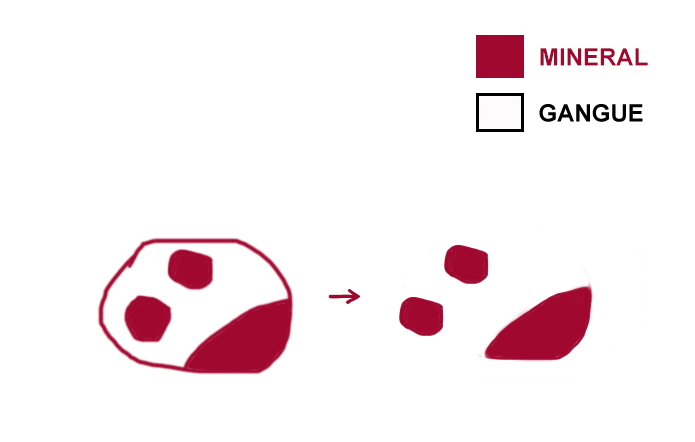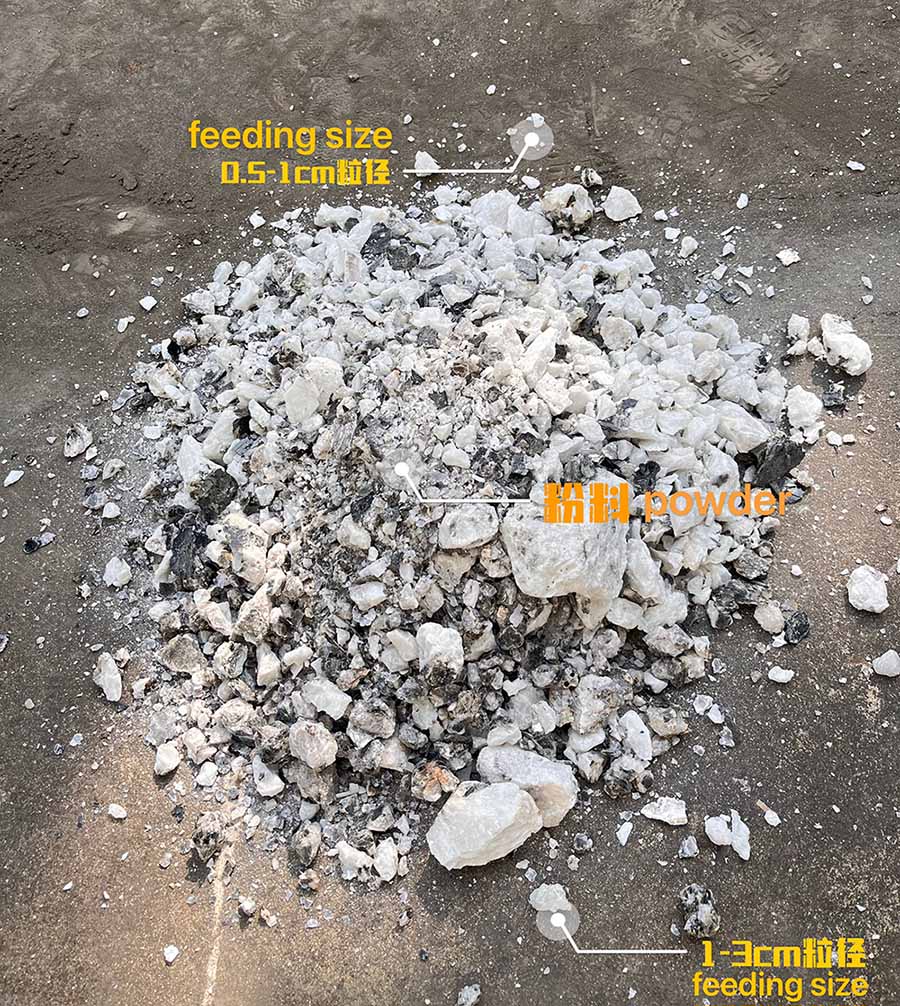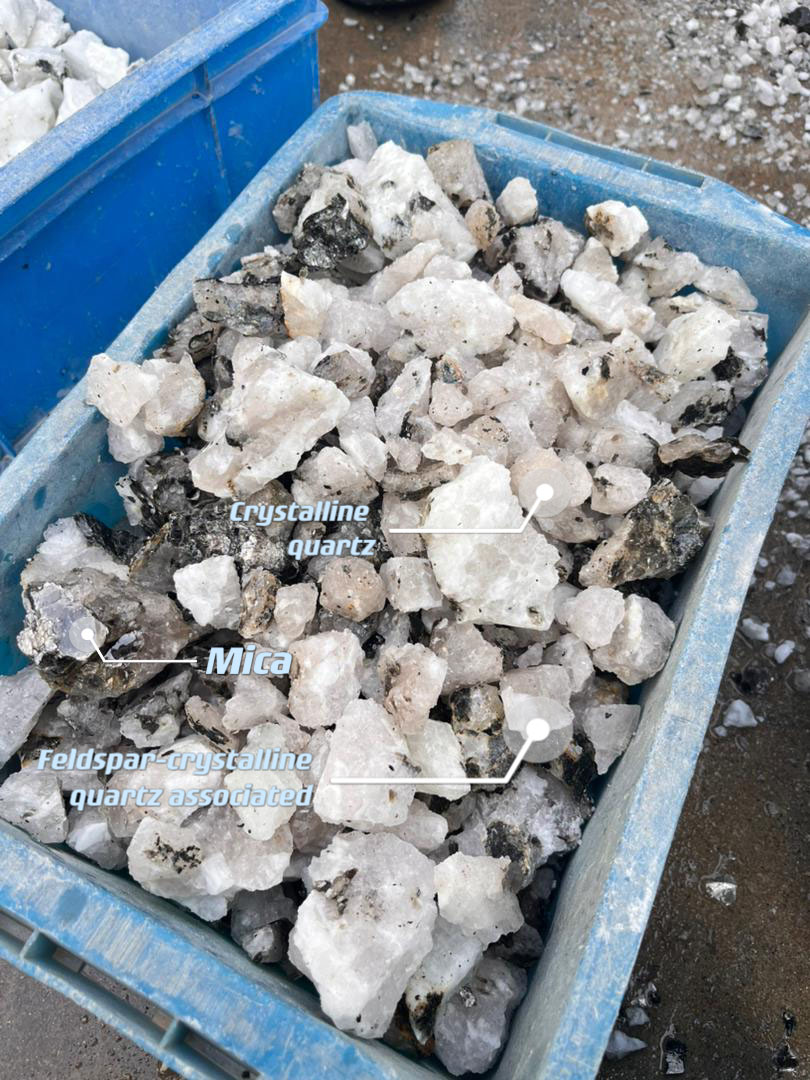Subscribe to our newsletter and always be the first to hear about what is happening.
What is mineral liberation and how does it affect optical sorting
Jun 04, 2024Mineral liberation is the process of lowering particle size from large to small. Because mined ore often contains both valuable minerals and gangue, effective recovery of the valuable minerals necessitates crushing the raw ore to a specific size, allowing for their separation from the gangue. The extent of this separation is known as mineral liberation.

Liberation varies for different minerals and even within the same type,there is no common standard. Typically, specific liberation data is acquired following crushing and observation.

Notably, production volume during mass production and the technology for additional processing are taken into account for high-value minerals in addition to liberation. For example, total release to a recognizable condition (about 0.6–0.8 cm) greatly decreases sorting output in pegmatite quartz deposits. On the other hand, 8–14 tons of material can be produced per hour by lowering the optical sorting size to 1-3 cm and processing some quartz and feldspar that is still intergrown using flotation technology. This method strikes a balance between productivity and liberation.
